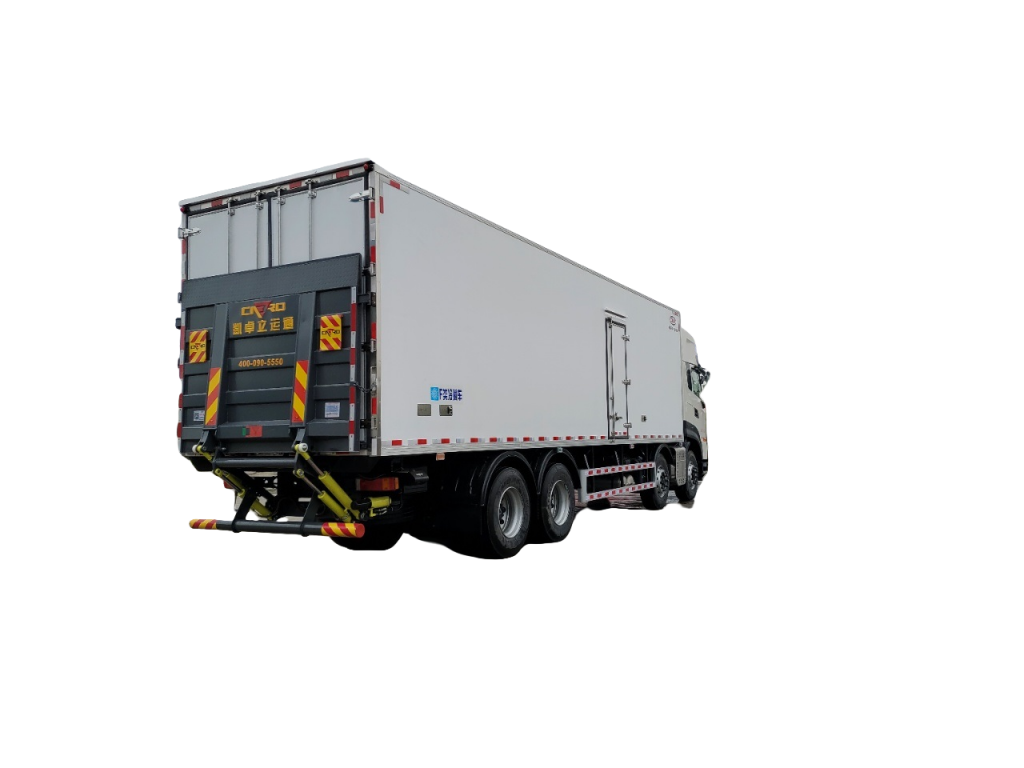Introduction
Truck-mounted cranes have become indispensable tools in the construction, mining, transportation, and other heavy industries. These versatile machines provide a cost-effective and efficient solution for lifting and moving heavy loads in various work environments. In this comprehensive guide, we will explore the features, benefits, applications, and best practices of truck-mounted cranes for heavy machinery operations.
Chapter 1: Understanding Truck-Mounted Cranes
Truck-mounted cranes are hydraulic-powered machines that are mounted on a truck chassis, providing mobility and flexibility for lifting and moving heavy loads. These cranes are equipped with telescopic booms, which can be extended to reach different heights and distances. The boom is operated by hydraulic cylinders, allowing for precise control and smooth operation.
There are different types of truck-mounted cranes available, including knuckle boom cranes, stiff boom cranes, and telescopic boom cranes. Knuckle boom cranes are known for their versatility and agility, as they can reach over obstacles and work in tight spaces. Stiff boom cranes are ideal for heavy lifting operations, with a straight telescopic boom that provides high lifting capacity. Telescopic boom cranes offer a combination of versatility and lifting capacity, making them suitable for a wide range of applications.
Chapter 2: Benefits of Truck-Mounted Cranes
Truck-mounted cranes offer numerous benefits for heavy machinery operations, including:
1. boom truck : Truck-mounted cranes can be easily transported to different job sites, providing flexibility and efficiency in operations.
2. Versatility: These cranes can perform a wide range of lifting and moving tasks, such as loading and unloading materials, positioning heavy machinery, and erecting structures.
3. Cost-effectiveness: Truck-mounted cranes eliminate the need for separate lifting equipment, reducing operational costs and increasing productivity.

4. Safety: These cranes are equipped with advanced safety features, such as overload protection systems, emergency stop buttons, and hydraulic safety valves, ensuring the safety of operators and bystanders.
5. Efficiency: Truck-mounted cranes offer quick setup and operation, allowing for faster completion of tasks and improved project timelines.
Chapter 3: Applications of Truck-Mounted Cranes
Truck-mounted cranes are widely used in various industries for different applications, including:
1. Construction: Truck-mounted cranes are used for lifting and placing heavy materials, such as steel beams, concrete blocks, and pre-fabricated structures, on construction sites.
2. Mining: These cranes are essential for moving heavy equipment and materials in mining operations, such as loading and unloading trucks, excavating materials, and transporting machinery.
3. Transportation: Truck-mounted cranes are used in logistics and transportation industries for loading and unloading cargo, securing containers, and handling oversized or irregularly shaped loads.
4. Utilities: These cranes are employed in utility maintenance and repair work, such as lifting transformers, poles, and other equipment for electrical, water, and telecommunications infrastructure.
Chapter 4: Best Practices for Operating Truck-Mounted Cranes
To ensure the safe and efficient operation of truck-mounted cranes, operators should follow best practices, including:
1. Proper Training: Operators should undergo comprehensive training on crane operation, safety procedures, and maintenance practices to ensure safe and efficient operation.
2. Pre-Operation Inspection: Before using the crane, operators should conduct a thorough inspection of the equipment, checking for any signs of damage, wear, or malfunction.
3. Load Capacity: Operators should be aware of the crane's load capacity and never exceed the specified limits to prevent overloading and potential accidents.
4. Stability: Operators should ensure that the crane is set up on a stable and level surface, with outriggers deployed to provide additional support and prevent tipping.
5. Communication: Clear communication between the crane operator and ground personnel is essential to ensure safe and precise operation, especially during lifting and moving tasks.
Chapter 5: Maintenance and Care of Truck-Mounted Cranes
Proper maintenance and care are crucial for ensuring the longevity and performance of truck-mounted cranes. Regular maintenance tasks include:
1. Lubrication: Keeping the crane's moving parts well-lubricated helps reduce wear and tear, prolonging the lifespan of the equipment.
2. Inspection: Regular inspections of the crane's components, such as hydraulic cylinders, hoses, and electrical systems, can help identify and address potential issues before they escalate.
3. Cleaning: Removing dirt, debris, and other contaminants from the crane's components helps prevent corrosion and damage, maintaining the crane's performance and appearance.
4. Storage: When not in use, the crane should be stored in a dry and secure location to protect it from environmental factors and unauthorized access.
Conclusion
Truck-mounted cranes play a vital role in enhancing efficiency and safety in heavy machinery operations across various industries. By understanding the features, benefits, applications, and best practices of these versatile machines, operators can maximize their performance and productivity while ensuring the safety of personnel and equipment. Investing in proper training, maintenance, and care of truck-mounted cranes can lead to improved project outcomes, reduced downtime, and increased profitability for businesses involved in heavy machinery operations.
